The future of formative writing assessment

“The idea that assessment should be used to improve learning is not new, but recently, many research studies have shown that using assessment during teaching, rather than at the end of teaching—what is sometimes called ‘formative assessment’ or ‘assessment for learning’ has a bigger impact on how quickly students learn than almost anything else.”
The above quote was taken from an article by Professor Dylan Wiliam, who is an educator best known for his research, Inside the Black Box: Raising Standards Through Classroom Assessment.
What is formative assessment?
Dylan Wiliam has extensively discussed and written about five essential strategies that effectively support formative assessment. These strategies, which were first introduced in 2005, each have a dedicated chapter in his acclaimed book, “Embedding Formative Assessment”, which builds on his earlier work with colleagues in the 1990s and 2000s.
The five strategies include:
-
clarifying learning intentions
-
engineering effective classroom discussions
-
providing feedback to help learners improve
-
activating students as learning resources
-
activating students as owners of their own learning
Brightpath Progress formative writing assessment tools align with Dylan Wiliam’s recommendations. We follow his work closely and often cross-check our work with assisting teachers, to ensure that we are providing the best possible support to align our assessment with his recommendations.
For the last two decades, we have extensively researched how to support teachers with formative assessment of writing. Our work has led to the creation of the Brightpath Teacher’s Ruler — an innovative way for teachers to assess writing online that is fast and accurate, with next-steps teaching points.
A robust and accurate way of assessing writing
The Brightpath Teacher’s Ruler was built using thousands of real student writing samples. It provides next-step teaching points that are meaningful and targeted so teachers can focus on what students need to learn to make real progress.
Most of all, it provides all the advantages of marking rubrics, automated essay scoring, and comparative judgements, using an intuitive display.
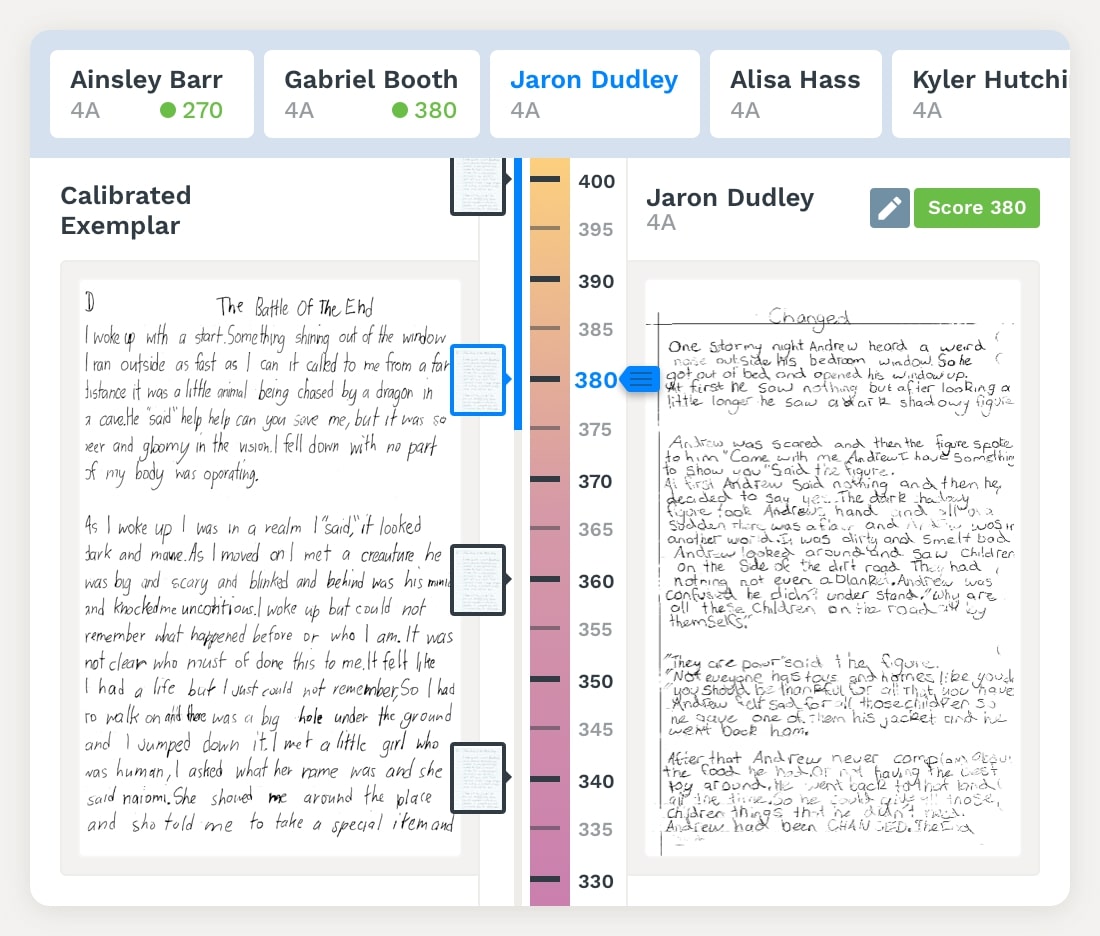
How schools are benefitting from Brightpath formative writing assessment
With thousands of teachers across Australia actively using Brightpath to assess their students’ writing, we have had the opportunity to learn from them and further refine how we support schools.
We interviewed teachers and school leaders to find out how they use Brightpath to support formative assessment. One of the school leaders we spoke with was Kathryn Netherwood, Coordinator and Head of School at Lance Holt School, a small independent school in Fremantle, Western Australia.
Lance Holt School was an early adopter of Brightpath. Kathryn explained that they had been looking for an assessment tool that was in line with their school’s ‘assessment for learning’ strategy as well as a tool that would give them the option to collect and view whole school data. And Brightpath ticked all their needs.
In terms of formative assessment, Lance Holt School teachers used the Brightpath teaching points as a guide to plan and inform their teaching. Kathryn shared that teachers used the teaching points to set goals for individuals and the cohort to work on. As such, Brightpath has been central to the school’s teachers, providing teaching programs that are differentiated and meet individual student needs.
Allowing teachers to differentiate learning
Kathryn also described how the staff created differentiated writing groups in which students were grouped by ability rather than year level and how this enables each group to focus on learning writing skills specific to their needs.
In the younger year levels, teachers at Lance Holt School use the Brightpath teaching points relevant to their students’ ability to identify areas students need to work on next. and They also use these teaching points to set goals for individual students.
Year 5 and 6 students on the other hand, have been shown how to self-assess and place their writing on the Brightpath scale. Kathryn said that by involving students in this way has empowered them take ownership of their learning and know what their next steps are.
Formative assessment has a big impact on student learning. As shown in their pre- and post-test data, students at Lance Holt made substantial progress in their writing in 2020.
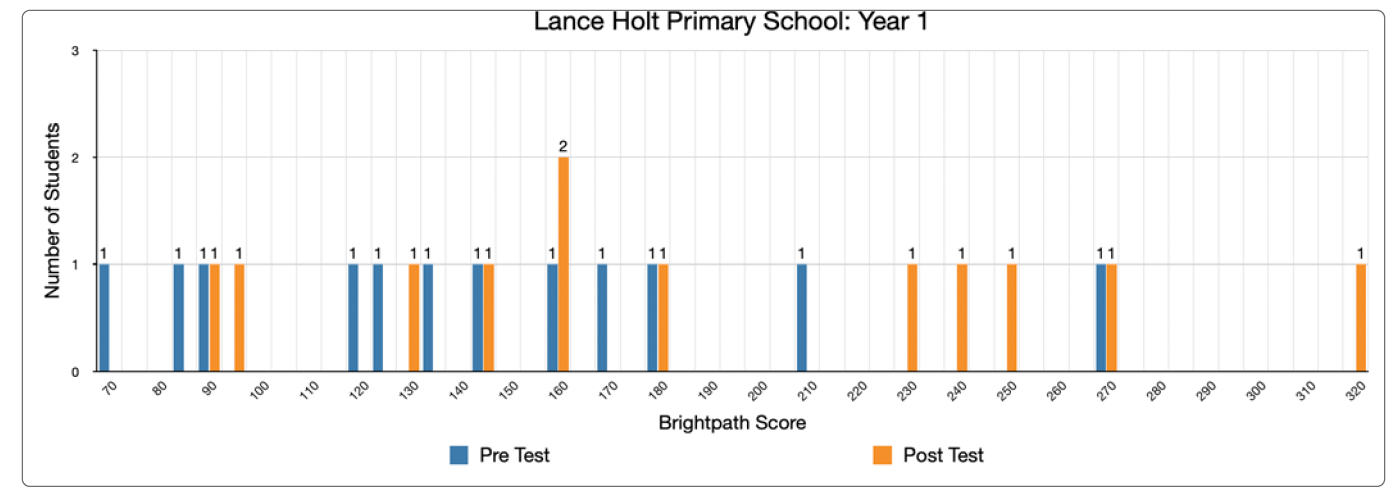
Figure 1: Lance Holt School, pre- and post-test distributions for narrative scale, Year 1, Term 2 and 4, 2020.
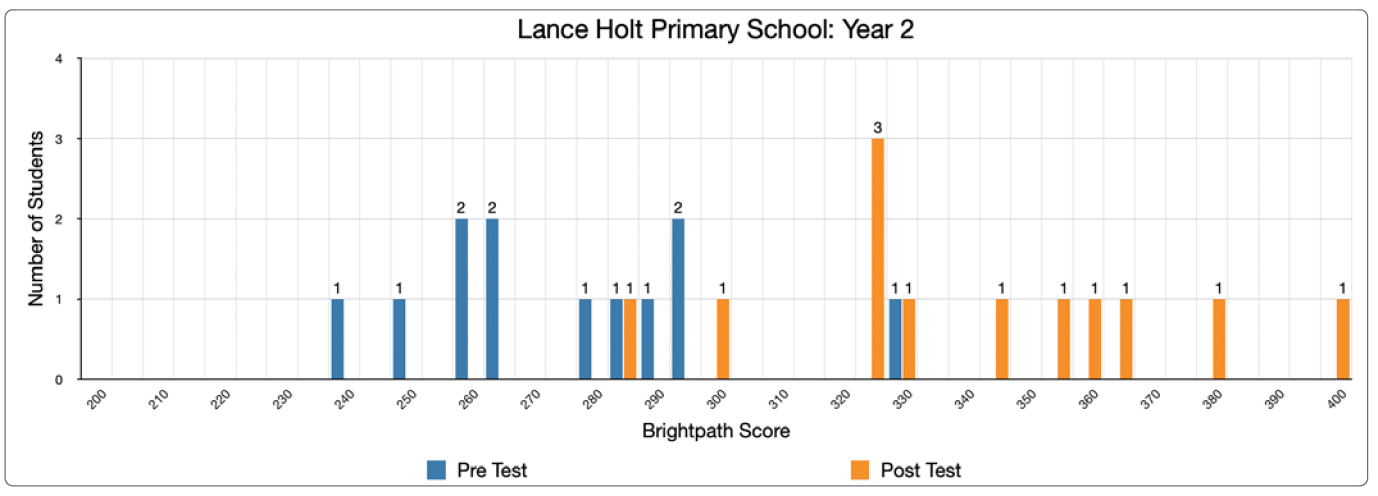
Figure 2: Lance Holt School, pre- and post-test distributions for narrative scale, Year 2, Term 2 and 4, 2020.
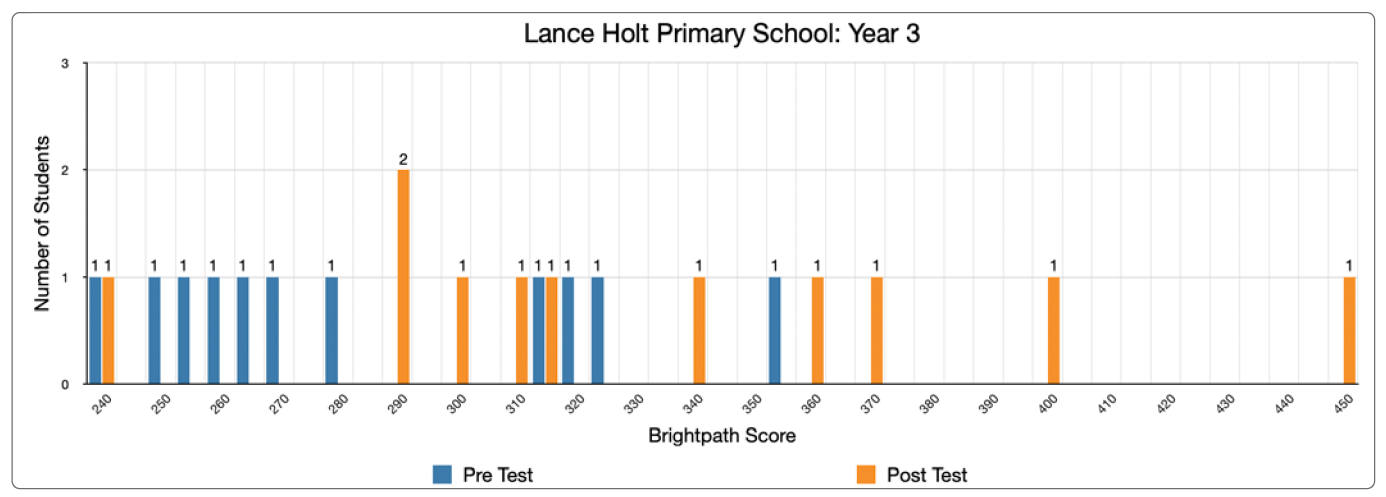
Figure 3: Lance Holt School, pre- and post-test distributions for narrative scale, Year 3, Term 1 and 3, 2020.
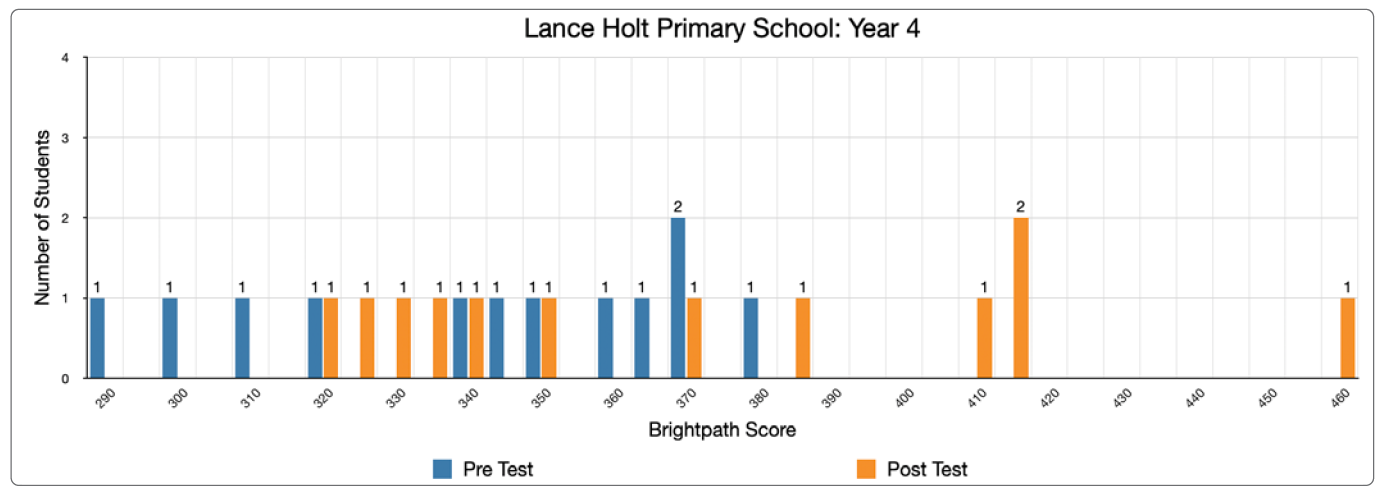
Figure 4: Lance Holt School, pre- and post-test distributions for narrative scale, Year 4, Term 1 and 3, 2020.
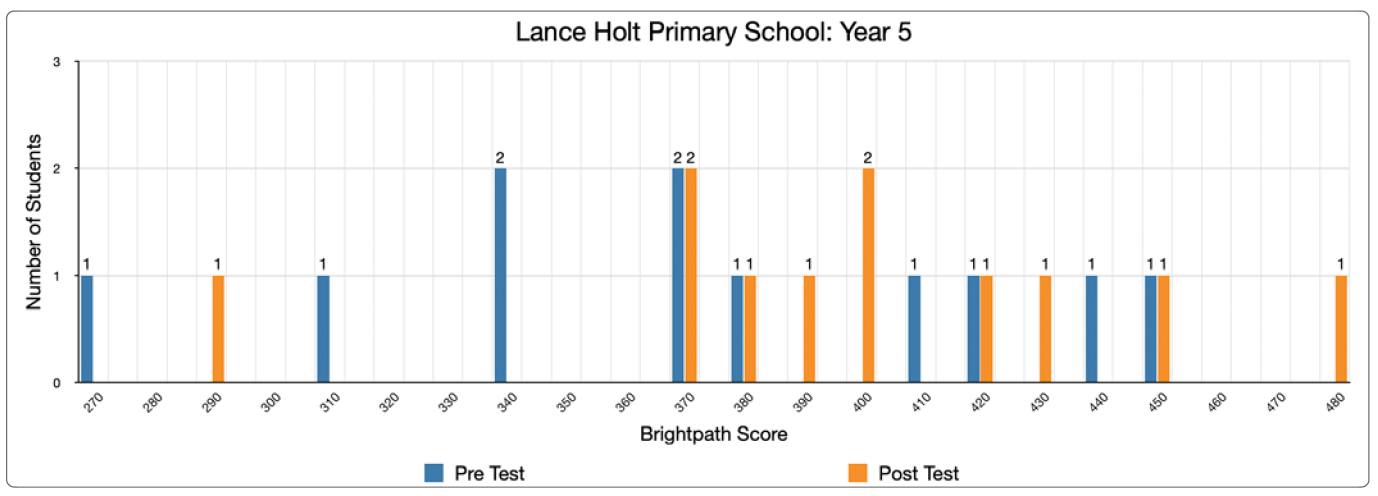
Figure 5: Lance Holt School, pre- and post-test distributions for narrative scale, Year 5, Term 1 and 3, 2020.
When it comes to assessing and improving your students’ writing skills, Brightpath gives you powerful writing assessment tools that support and complement what you already do in the classroom.
To find out more, contact us at 08 9322 7429 or book a demo here.